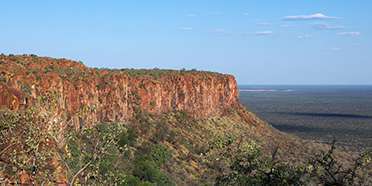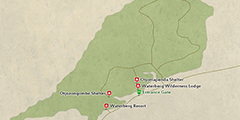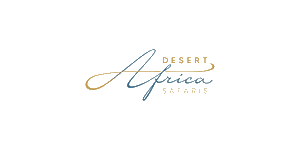
Safari Tours to Waterberg Plateau
-
![7-Day Self Drive - Etosha Animal Kingdom]()
7-Day Self Drive - Etosha Animal Kingdom
$1,540 to $1,756 pp (USD)
Namibia: Self-driveLodge
You Visit: Windhoek (Start), Okonjima NR, Etosha NP, Eastern Etosha, Waterberg Plateau, Windhoek Airport (End)

Desert Africa Safaris
5.0/5 – 17 Reviews
-
![6-Day Budget Desert and Waterberg Plateau Lodging Safari]()
6-Day Budget Desert and Waterberg Plateau Lodging Safari
$1,810 pp (USD)
Namibia: Private tourLodge & Tented Camp
You Visit: Windhoek (Start), Sossusvlei (Sand Dunes), Swakopmund (City), Waterberg Plateau, Windhoek (End)

Safari World Tours
5.0/5 – 2 Reviews
-
![11-Day Trail of Africa's Best Kept Secret - Namibia]()
11-Day Trail of Africa's Best Kept Secret - Namibia
$4,870 pp (USD)
Namibia: Private tourLodge
You Visit: Windhoek (Start), Kalahari Region, Swakopmund (City), Palmwag Concession (Damaraland), Etosha NP, Waterberg Plateau, Windhoek Airport (End)

About Africa Co

 Namibia Parks
Namibia Parks











